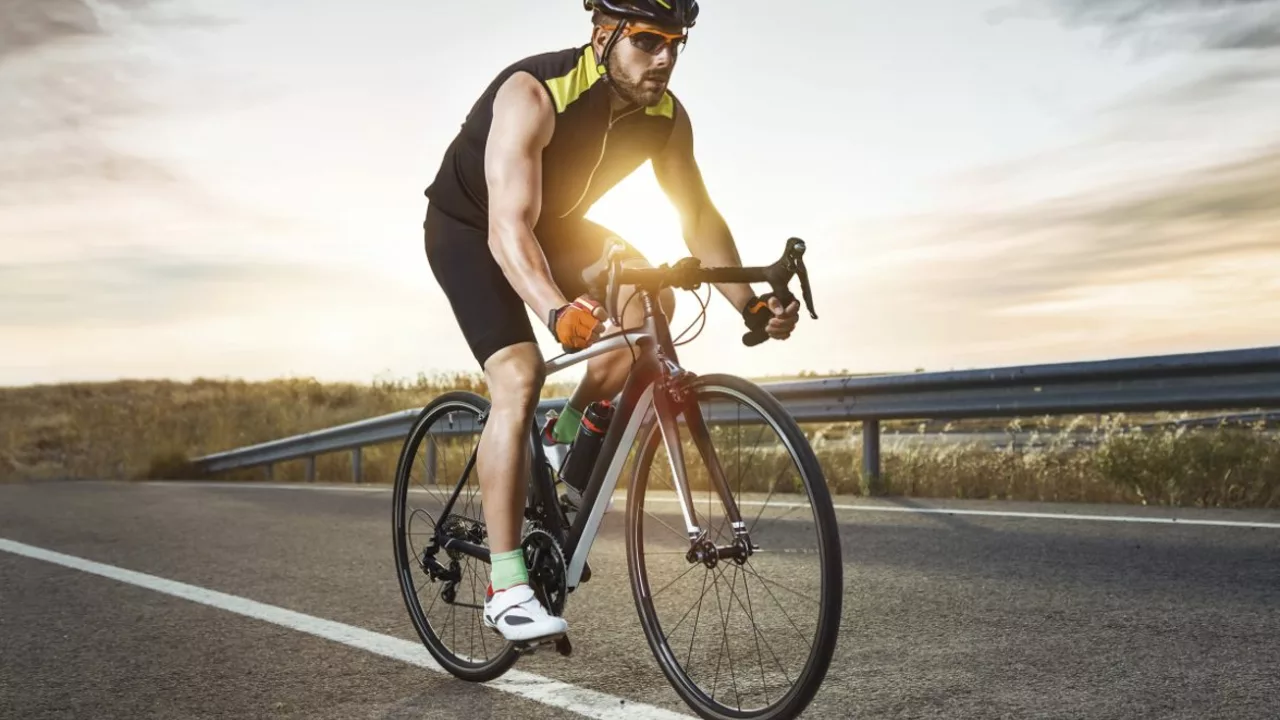Drawbacks of Bicycling: Real‑World Issues to Consider
Thinking about hopping on a bike for your daily commute or weekend ride? It sounds fun, but there are a few bumps on the road you should know about before you strap on that helmet.
Safety and Traffic Risks
Cars, trucks, and even careless pedestrians are the biggest threat to cyclists. Even in bike‑friendly cities, drivers can misjudge your speed or ignore you at intersections. One moment you’re cruising along a quiet lane, the next you’re dodging a vehicle that didn’t see you. Wearing bright clothing and using lights helps, but it won’t eliminate the risk entirely.
Blind spots are another hidden danger. Larger vehicles often have large blind zones where a cyclist can disappear from a driver’s view. If you have to share narrow roads with heavy traffic, the chance of a close call spikes. Many riders end up taking longer routes to avoid busy streets, which can eat into the time‑saving benefit of biking.
Physical and Practical Challenges
Riding a bike is great cardio, but it also puts stress on knees, hips, and lower back, especially if your bike isn’t properly fitted. Over‑use injuries like tendonitis or saddle soreness are common complaints among beginners. Adjusting the saddle height, using padded shorts, and building mileage slowly can reduce the strain, but you still need to accept that some discomfort may happen.
Weather is another unforgiving factor. Rain, snow, and extreme heat can turn a pleasant ride into a miserable slog. Wet roads reduce traction, making it easier to slip, while cold temperatures can stiffen muscles and increase the risk of injury. Some cyclists simply quit during winter months, losing the consistency they need for fitness gains.
Security worries also bite. Bikes are a hot target for theft, especially in urban areas. Even a sturdy lock can’t guarantee safety if you leave your bike in a poorly lit spot. The cost of a good lock, insurance, or replacing a stolen bike adds up over time, making biking less financially attractive for some.
Lastly, not every destination is bike‑friendly. Hilly terrain, lack of bike lanes, or long distances can make cycling impractical. If you have to carry heavy groceries or a child seat, a bike may no longer be the easiest option, and you might end up using a car anyway.
So, what’s the takeaway? Bicycling still offers great benefits, but it’s not a one‑size‑fits‑all solution. Weigh the safety, physical, and practical downsides against the rewards before you decide to make the bike your main ride. Knowing the drawbacks helps you plan smarter routes, invest in proper gear, and stay safe on the road.
What are the benefits of bicycling? Are there any drawbacks?
Biking has many benefits, it's not only a great form of exercise but also eco-friendly, reducing carbon emissions. It can improve mental health by reducing stress and anxiety, and it's lighter on the wallet compared to maintaining a car. However, it's not without drawbacks - safety can be a concern, especially in heavy traffic, and it may not be practical for long distance commuting or during harsh weather conditions. Overall, I believe the benefits outweigh the downsides, making bicycling a fantastic choice for many of us.
